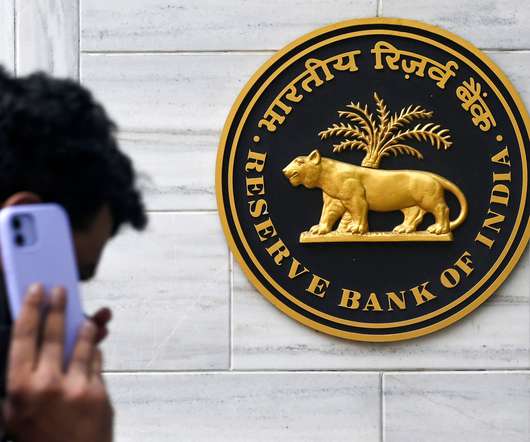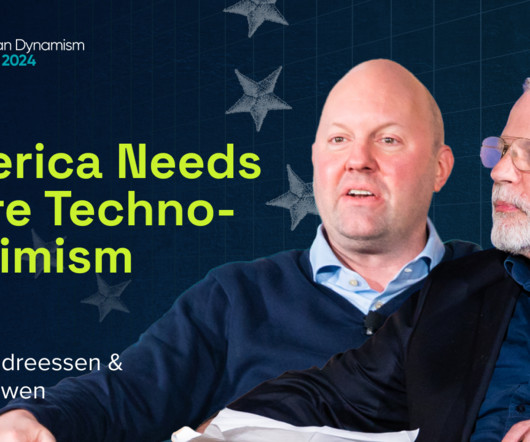The next wave of supply-chain innovation will be driven by startups that help incumbents win
TechCrunch
JUNE 23, 2022
For years, the prevailing narrative for innovation in supply chain has focused on the disruptors: Upstarts that enter the industry with new technologies and business models to displace incumbents. But in verticals ranging from freight brokerage to B2B marketplaces, these enablers have repeatedly emerged after an initial disruption.






















Let's personalize your content